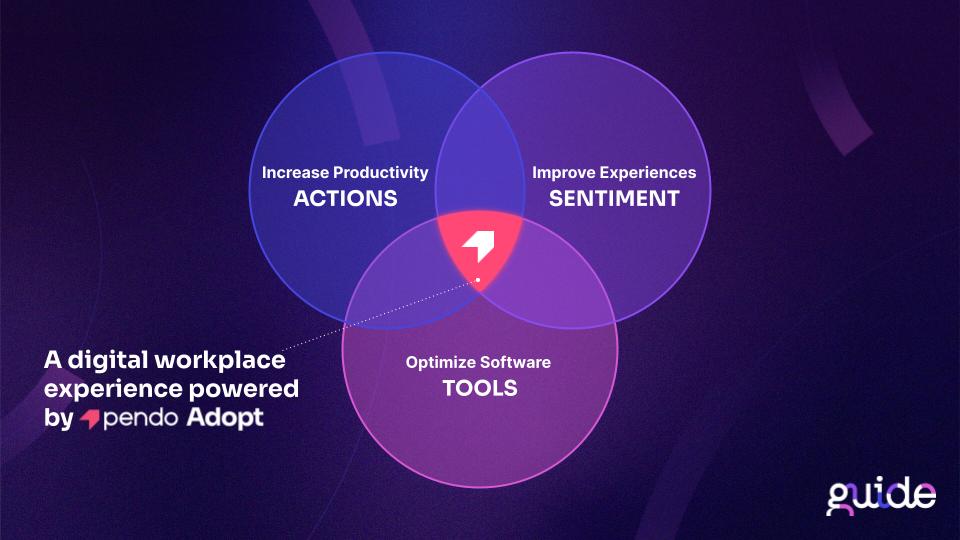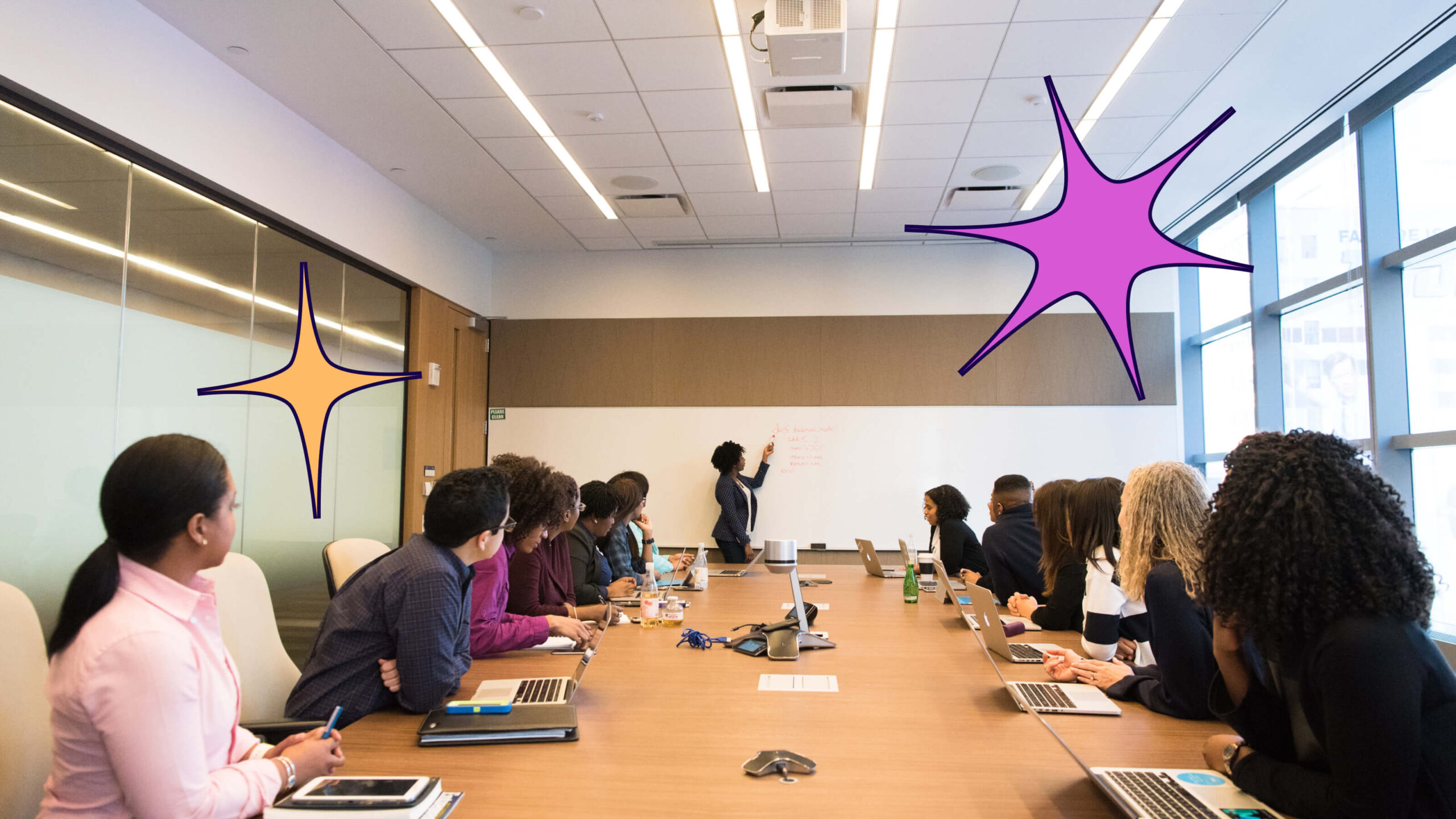When we think of the digital workplace today, most of what comes to mind involves the shift to hybrid and remote work that’s accelerated since early 2020. But as Tatyana Mamut (SVP of New Products, Pendo) explained in her talk at Guide: The Digital Adoption Summit, the transition to digital work began long before the pandemic did.
A key milestone was the birth of the iPhone in 2007. After, Mamut explained, “Not only could we change the workplace because employees were no longer tethered to desktop computers and physical spaces in the office—employees also became more comfortable and even demanded the ability to work in a different and more digital way. This is how the workplace started to become more digital.”
Once this happened, Mamut continued, business leaders and teams wanted more software—and IT obliged. “Every process started to become digitized and everyone seemed to have a reason why the shiny new tool could do it better than the old one. Employees started buying their own tools. Teams started using different tools for the same processes, and this is how the problem of SaaS sprawl really began.” With the onset of the pandemic, the goal for IT has become business continuity—to keep things running as change (and sprawl) continues to speed up.
The digital workplace and the human factor
The challenge companies face now, Mamut said, is how to take principles of human-centered design and apply them to the digital workplace. It’s a challenge that companies are finding difficult to meet. Although 89% of executives say that driving adoption of employee facing software is a priority, only 30% say they’re highly effective at doing it. At the same time, three quarters of digital transformations today end in failure, and the number of apps in companies’ internal-facing suite continues to increase. Employees, Mamut said, are too often left with a digital layout that makes no sense, paths and workflows that lead to nowhere, and “experiences that leave them feeling confused and lost.”
Right now, many organizations have teams devoted to increasing productivity, to improving employee experiences, and to optimizing software at work. “The problem,” Mamut explained, “is that these initiatives are often happening in silos, and sometimes even working at cross purposes to one another. But the digital workplace sits at the center and the intersection of achieving all these business goals.”

A seamless solution to empower employees
What companies need, Mamut argued, is a central workplace environment where employees can go to answer all their questions and do all their work seamlessly. Fortune 1 and 2 companies like Amazon and Walmart have poured resources into building bespoke solutions for their employees. But there’s a way for all companies to empower their employees in the digital workplace, one that doesn’t require pouring millions upon millions of dollars into digital transformation efforts.
This is where a digital adoption solution like Pendo comes in. Pendo lets organizations add their own customized layer of guidance and support on top of their already existing workplace tools, so that employees get the help they need where and when they need it—in the app itself while they’re working. It also lets businesses harness the power of rich analytics and the actionable insights they provide to understand how work actually happens, within and across time and apps.
Armed with those insights, companies can then transform how their employees work for the better. In essence, Mamut said, Pendo helps companies “realize the power of the digital workplace, both in the way it can empower employees, and in how it can be an ecosystem that guides work, strengthens processes, and enhances [their] bottom line.”
To learn more about how Pendo can help empower your employees and transform your digital workplace, watch the full talk below and schedule a custom demo today:


